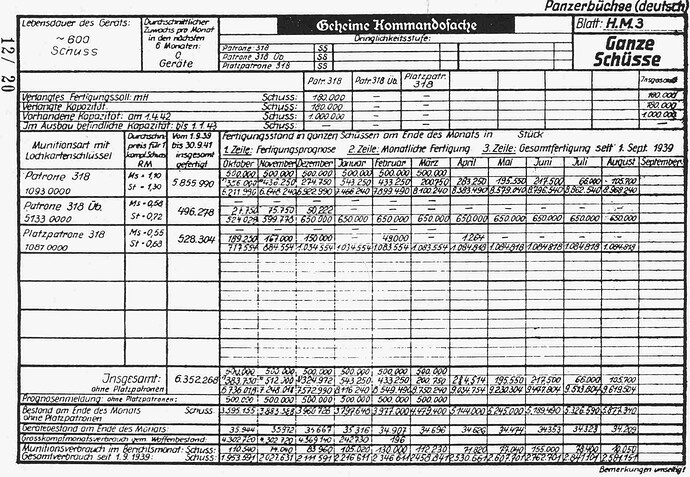The Karabiner K-98 as antitank weapon.
The main weapon of the german infantry, The 98K, could be also used as antitank , or better said antiarmor when coupled with the firing cup “schiessbecher” the SchB was originally designed as a high explosive fragmentation grenade launcher for antipersonnel purposes. Starting In 1940 a special family of shaped charge grenades were introduced for fighting armor.
The Schiessbecher was basically a short rifled barrel with a caliber of 30mm and a length of 25cm. It weighed 0.75kg and was attached to the bore of the rifle. A rather complicated aiming device was mounted to the left of the original sights and allowed for aiming ranges of up to 300m.
Usually this device was trown away in the field and replaced by the rear sight or other “guesstimates” means to aim. the grenade s body reproduced a negative of the SchB rifling so that allowed a spin stabilized flight towards the target.

The first type of AT ammunition used was the Gewehrpanzergranate 30, a slim hollow charge grenade that fit into the SchB.
Gw.Pz.gr 30 squematic

Due the small bursting charge and lack of penetration this was replaced in late 1942 by the Gross Gewehrpanzergranate with a 5 cm warhead and 390 grams in total weight. The quoted penetration of the Gw Pz Gr Gross is 80 mm, teorically allowing to destroy or at list penetrate most of tanks in service up to 1944.
All the rifle grenades were propelled by a 7,92x57 treisspatrone, special blank.
Muzzle velocity was about 70-90 mps and range 100-200 m.
loading the GW Pz Gr 30

SchB with the Gross Pz grenate fit.













